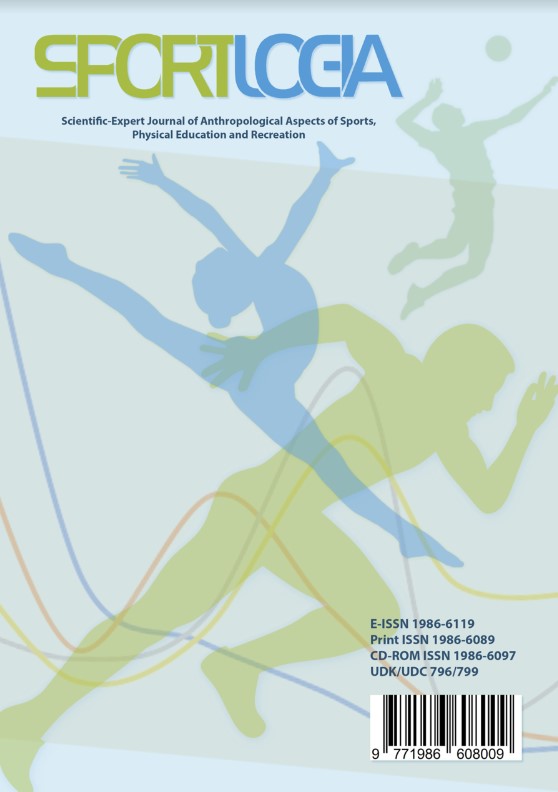RELATIONSHIPS BETWEEN ANTHROPOMETRIC AND BODY COMPOSITION MEASURES TO ARMY PHYSICAL FITNESS TEST PERFORMANCE AMONG MALE AND FEMALE ROTC CADETS
DOI:
https://doi.org/10.7251/SGIA2319066TAbstract
The purpose of this study was to determine the relationships between body composition measures and Army Physical Fitness Test (APFT) performance between male and female Reserve Officers’ Training Corps (ROTC) cadets prior to enlistment. Retrospective APFT test performance and body composition data were provided for 57 male and 17 female university ROTC cadets. Descriptive statistics were derived for all variables and separated by sex. A MANOVA model was used to determine differences between sexes in all anthropometric and fitness variables. A Pearson’s moment correlation was used to determine significant relationships between body composition and APFT measures separated by sex. Significant differences between male and female cadets for height, body mass, body fat percentage, and APFT events were found (p = 0.001-0.03). No significant differences were found between sexes for BMI (p = 0.887). Additionally, no significant relationships between anthropometric measures and fitness performance were observed among male or female cadets.
